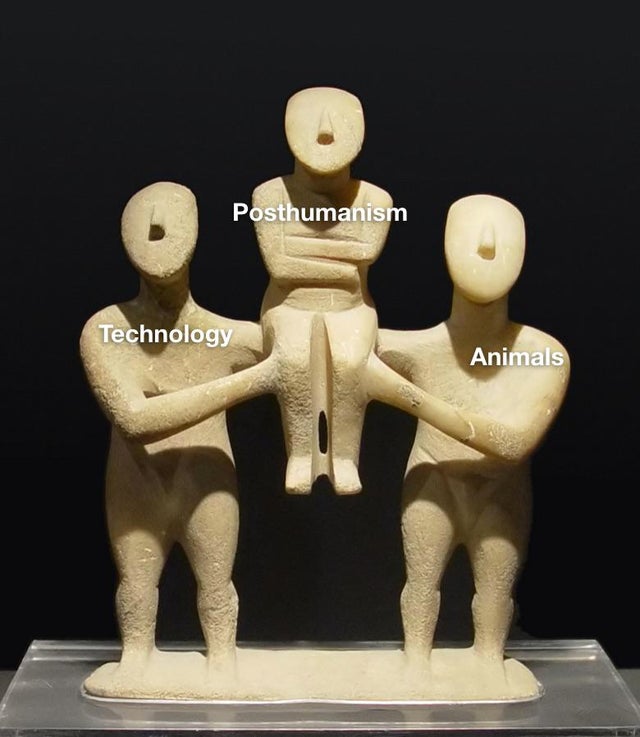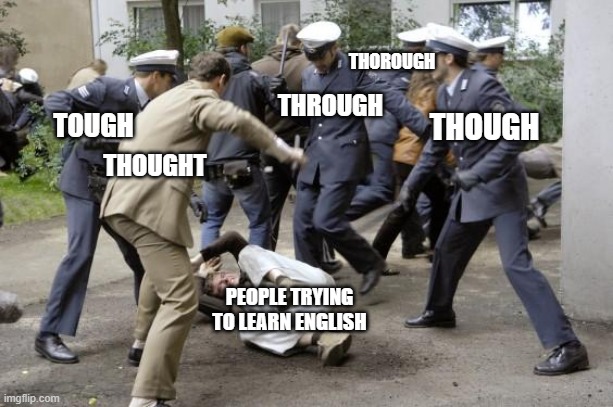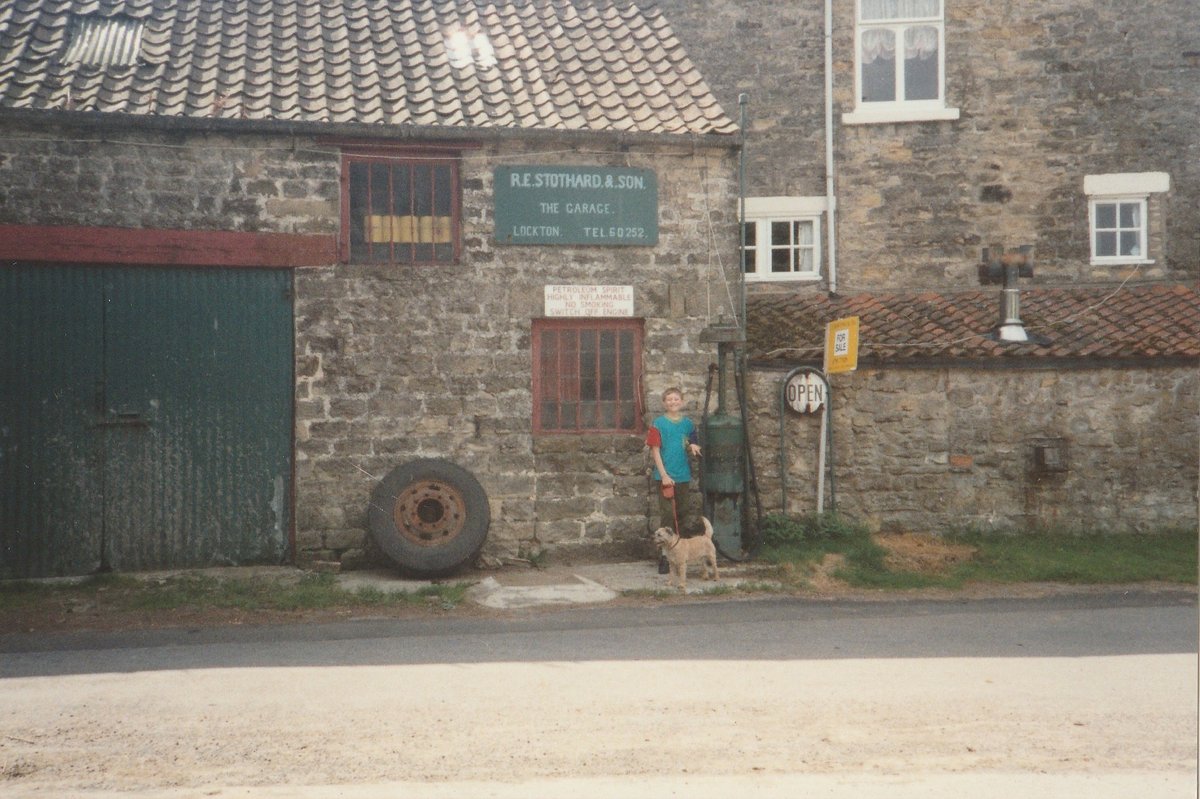A thread:

Well: often, in #humanfactors research, or other #designresearch, we ask people to draw their understanding of concepts (e.g. drawingenergy.com or ) or even to create little flowcharts or systems diagrams




Similar to the Mental Landscapes work we've been developing at CMU imaginari.es/publications/p… & researchgate.net/profile/Dan_Lo…

-add your own types! 🤯
-could we create a pattern language of object labelling memes as kind of prototype metaphors?
-could we (whoever's interested) turn it into a tool for qualitative research in this 'remote' era? (cc @DALupton)
It definitely could have applications in design / HCI / human factors research, but I'd never make claims for it beyond that








































































































